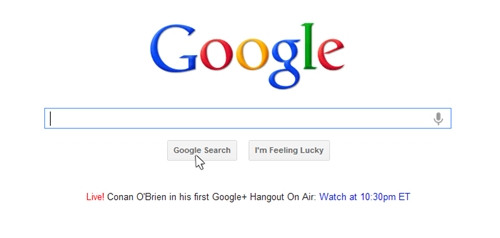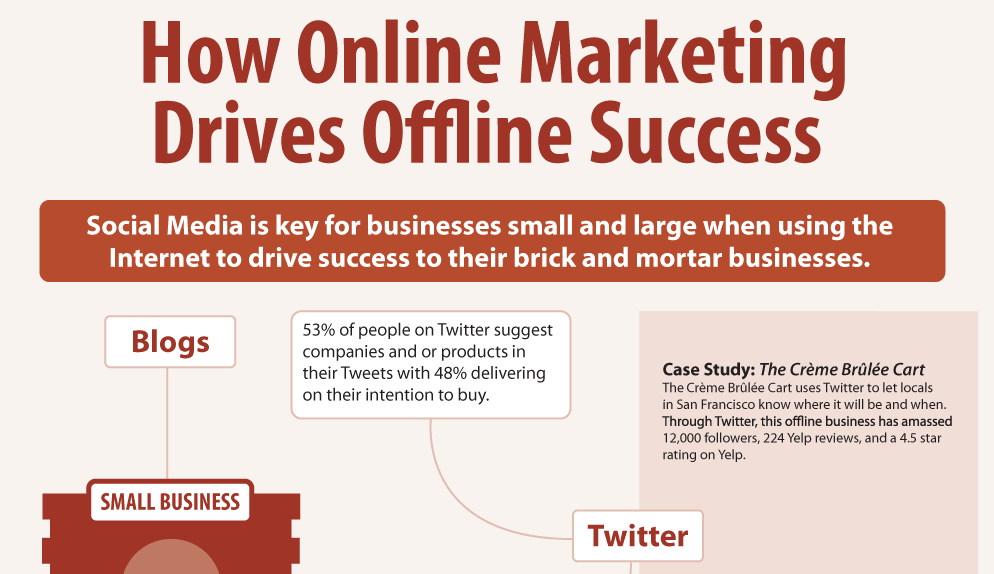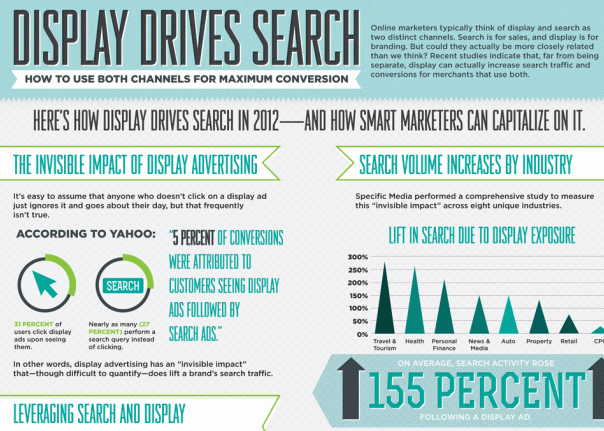 Here’s the thing about publishing marketing content on the Internet: There’s an absolutely staggering amount of it already out there. No matter what you’re trying to say, there’s a good chance that someone else has said it already. Possibly several someones.
Here’s the thing about publishing marketing content on the Internet: There’s an absolutely staggering amount of it already out there. No matter what you’re trying to say, there’s a good chance that someone else has said it already. Possibly several someones.
People don’t need to rely on print or broadcast advertising for brand awareness anymore – they can just Google whatever they need. The entire world has figured this out, and as a result, content marketing has become a massive industry, dominating the attention of advertising professionals everywhere. You may think of content generation as a great tool for marketing your business – and it is – but the problem is that everyone else is beginning to also.
According to Marketing Land, the world is currently in the midst of a deluge of content. The numbers are mind-blowing – 100 hours of videos are uploaded to YouTube every minute, 55 million photos are added to Instagram each day and Google’s index now includes nearly 40 billion total pages. Benjamin Spiegel, director of SEO operations for search engine marketing firm Catalyst, notes that the typical Google search today turns up an absurd number of results. If you ask the search engine for a “chicken soup recipe,” you get 43 million of them.
The way to conquer this mountain of content isn’t going to be with quantity. It’s like trying to be heard at the world’s loudest rock concert – you can yell louder if you want, but your voice will still be drowned out, and you’re only hurting your vocal cords.
Instead of focusing on the quantity of content produced, you must think about the quality. Creating and publishing quality content, valued by your audience, is the only sure way to rise above the noise and grab consumers’ attention.
Content as an art form
According to the Huffington Post, one way to improve your content marketing approach is to think of it not like a job, but rather an art project. Instead of focusing on keywords and SEO statistics, approach content with vision and creativity.
Jenn Lisak, director of content strategies at DK New Media, told the news source that thinking this way has helped her make her content more appealing to online viewers.
“Content marketing strategy is as much an art form as it is a process,” Lisak said. “When working with a client on an infographic or a whitepaper, I have to pay attention to target audience, aligning the messaging with the brand, appealing to different types of learners and personality types, and whether the curated content is going to resonate with our desired buyer persona.”
Lisak’s most successful projects, she said, are those that incorporate visual elements along with written text to appeal to a variety of content consumption preferences. She estimates that 65 percent of people are visual learners, which means using a combination of elements like videos and infographics is often the best way to get through to prospective customers.
“We generally try to create an infographic for a general overview of a topic, then expand upon those topics in whitepapers or videos to capture leads,” Lisak explained.
Being willing to collaborate
There’s no reason to go into content marketing with a “go it alone” mentality. If you truly care about producing high-quality content, you’re probably better off considering input from others – be they friends, co-workers or business-to-business clients.
Steven Weldler is one example of a marketer whose collaboration skills paid off for him. Weldler produces content for the national car donation charity Kars4Kids, and he says that by considering more voices, he was able to craft a more well-rounded marketing strategy.
“Content marketing is first and foremost about building great content,” Weldler told the Huffington Post. “A great tip is to get experts in the target industry invested at the beginning of the process by asking for their opinions and input. Also, find a freelance writer that writes often on your topic, offer them a small fee to do the outreach for you to their existing network of contacts.”
Telling meaningful stories
If you’re just going to regurgitate the same stories people have already read before, you probably won’t do much to develop thought leadership in your industry. To really get attention, you’ll need to tell meaningful stories that people will find original.
Eric Allen, content marketing director for Blue Wheel Media, told the Huffington Post that he likes to highlight “transformation stories.” Allen recently worked with a fitness blog, and he used the site to illuminate stories of people who changed their lives with an emphasis on fitness.
“Tomi Ann Butler was 41 years old and 200 pounds – a year later, she was competing in bodybuilding competitions and felt better at age 42 than she did when she was 21,” Allen said. “Her story brought in 6,200 pageviews in March 2013 alone. If that’s not a story worth telling, I don’t know what is.”
Do you have a meaningful story to tell? It just might help you advance your marketing agenda.




